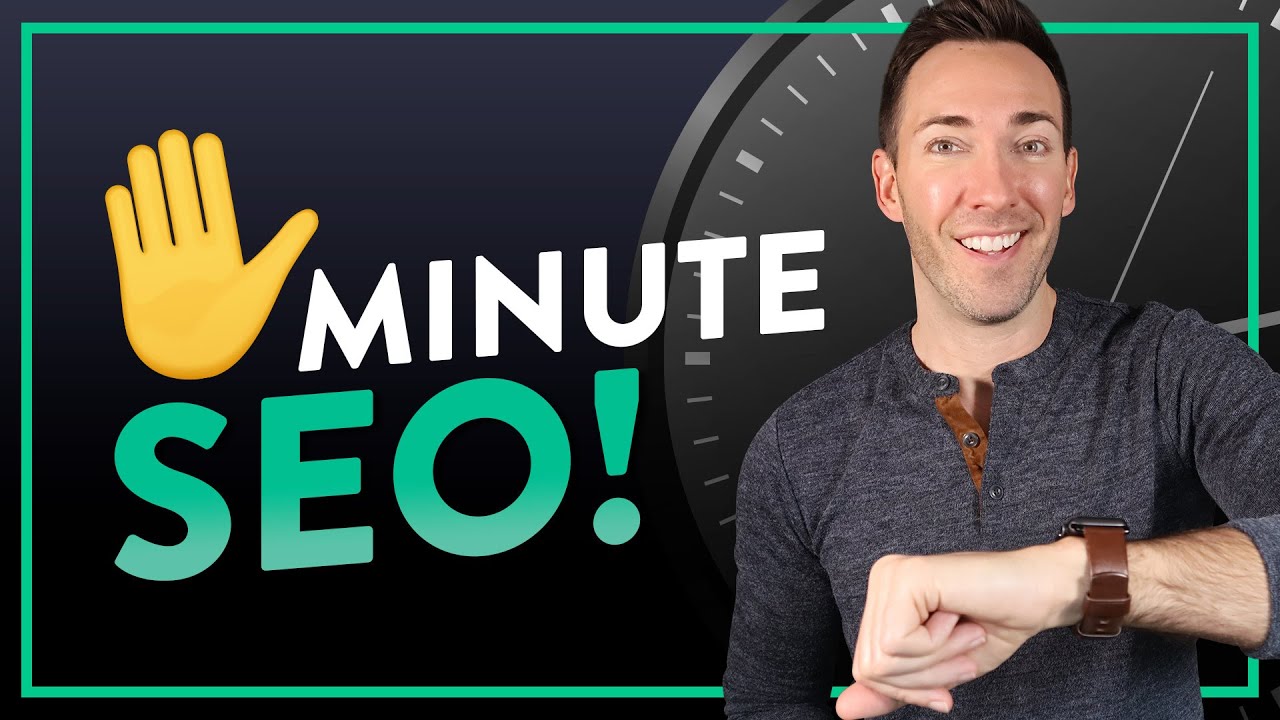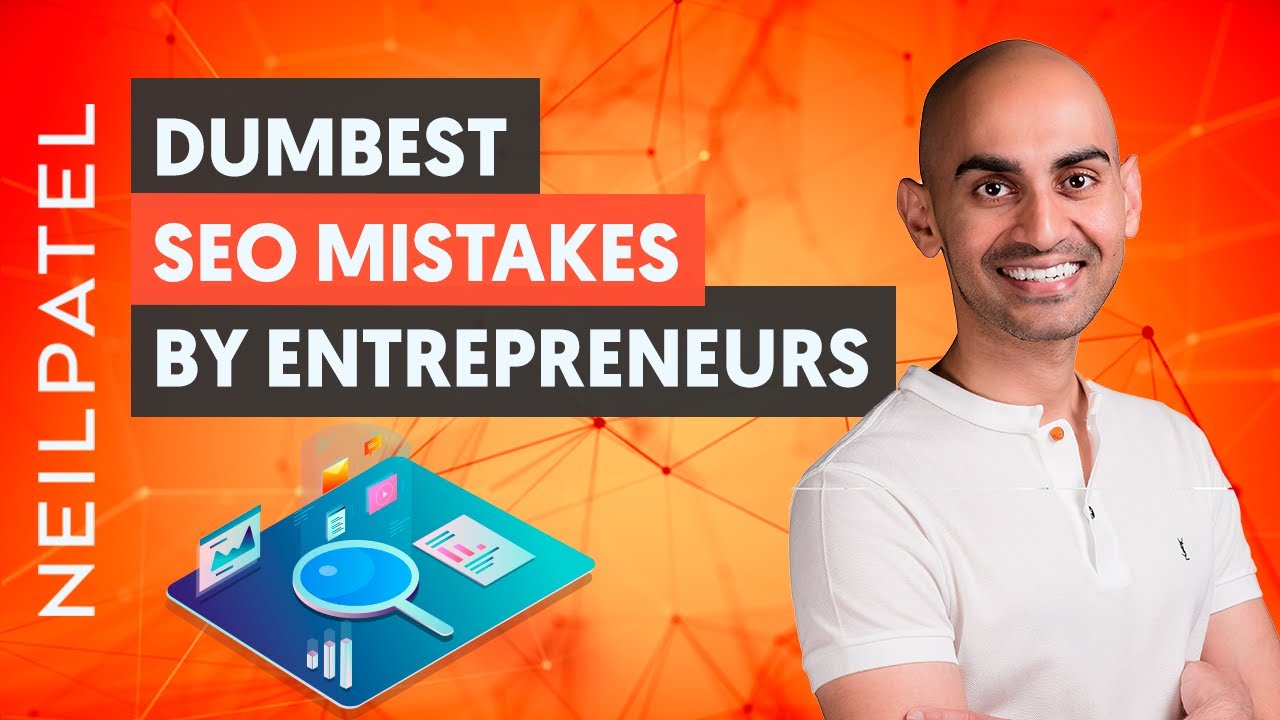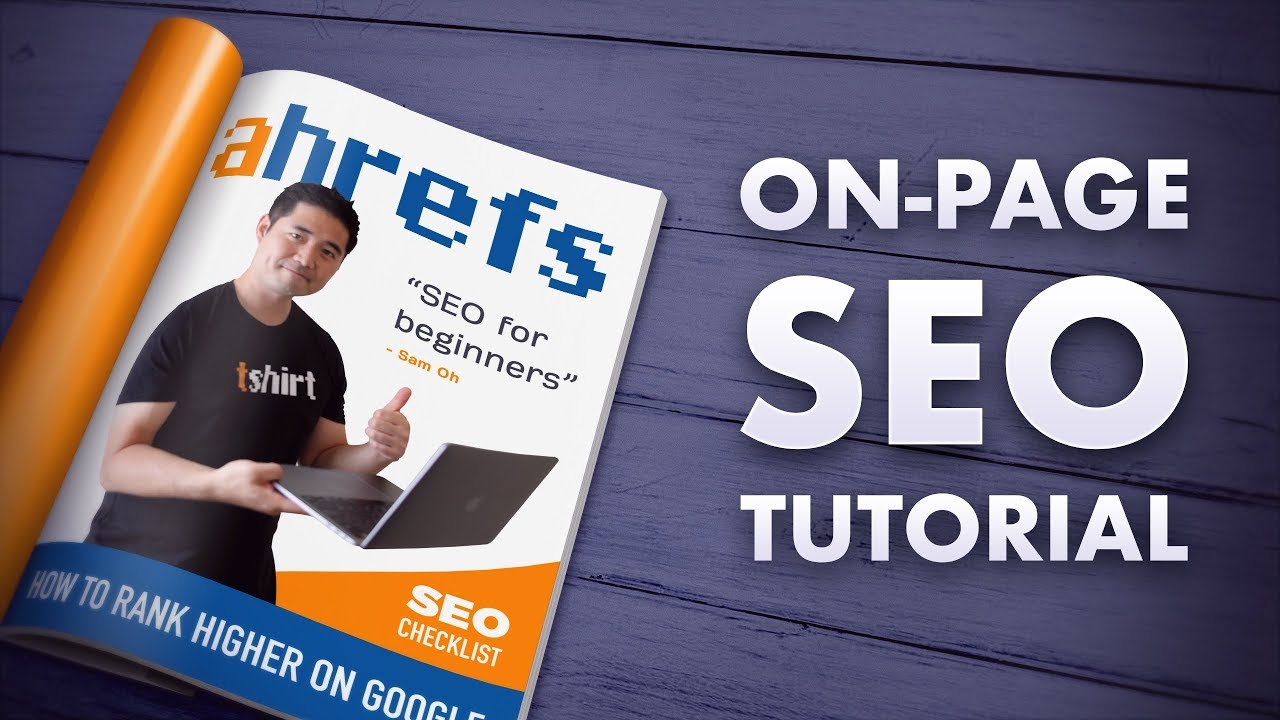SEO in 2020. Has it changed or is it still the same? In this video, you’ll learn the 3 most important things that will determine the fate of your SEO success.
Subscribe ► https://www.youtube.com/AhrefsCom?sub_confirmation=1
***************************************
Additional SEO Resources
SEO For Beginners: A Basic Search Engine Optimization Tutorial for Higher Google Rankings ► https://www.youtube.com/watch?v=DvwS7cV9GmQ
SEO Checklist: How to Get More Organic Traffic (Step-by-Step) ► https://www.youtube.com/watch?v=taU9P98zfjk
On Page SEO Checklist for Higher Google Rankings ► https://www.youtube.com/watch?v=gDYjjkvtOVo
Link Building Tutorials (Step-By-Step) ► https://www.youtube.com/playlist?list=PLvJ_dXFSpd2tjUTuAHpHidz5e2hAedP_m
How to Get Backlinks By “Stealing” From Low-Quality Pages ► https://www.youtube.com/watch?v=wPjPjNK-bDM
Simple SEO Strategy: The “Middleman” Method ► https://www.youtube.com/watch?v=433XlvMl508
***************************************
Google’s algorithm is always changing. But the one thing that hasn’t changed is what the algorithm is trying to do.
Google’s job is to provide the best search results for any given query. They need to find pages and rank the ones that best match and serve the user’s intent.
And to figure this out, they use hundreds of ranking factors.
So, while new changes will be made to Google’s core algorithm, the fundamentals of SEO haven’t changed.
Instead of chasing algorithms, our job as content creators and marketers is to show search engines that our pages deserve to rank.
Rather than searching for the latest EAT hack or trying to optimize for BERT, you should focus on the 3 most important things that will determine the fate of your rankings.
The first is content. No matter how prolific your writing skills are, you won’t rank unless you’ve gotten your content “right.”
Here are some things to consider:
► Search intent
► Covering the topic in full
► On-page SEO
You’ll learn more about those things in the video.
The second thing is link building.
Links have been and still are one of the strongest ranking signals. And if you want to rank for anything remotely competitive, you’ll need to build them.
You’ll learn what works and doesn’t work in link building in the tutorial.
The last thing is indexation.
Search engines crawl, parse, and store information in a database called a search index. End users are then able to access this information using Google search.
So if your pages aren’t indexed, then it’s impossible to get your site or pages discovered in search.
You’ll learn how to check whether your sites or pages are indexed in the video and ways to get your website indexed if it’s not.
And finally, remember that SEO is all about fundamentals.
Focus on the things that matter most rather than chasing shiny tactics from headlines claiming SEO has completely changed.
Timestamps:
1:38 – Keep search intent in mind
2:37 – Make sure you cover the topic in full
3:40 – Set-up on-page stuff properly
3:58 – Continue building backlinks
4:58 – Pay attention to indexation
#seo #seoin2020 #seotips
Be sure to subscribe for more actionable marketing and SEO tutorials.
https://www.youtube.com/AhrefsCom?sub_confirmation=1
STAY TUNED:
Ahrefs ► https://ahrefs.com/
YouTube ► https://www.youtube.com/AhrefsCom?sub_confirmation=1
Facebook ►https://www.facebook.com/Ahrefs
Twitter ►https://twitter.com/ahrefs




 Want Wes’ 1-on-1 help with your website, or with your digital marketing? Schedule a 60 minute kickstart meeting here: https://wesmcdowell.com/kickstart/
Want Wes’ 1-on-1 help with your website, or with your digital marketing? Schedule a 60 minute kickstart meeting here: https://wesmcdowell.com/kickstart/ Register for the FREE On-demand video masterclass training, “Create & Launch Your Own Profitable Client Generating Website!” Just go to: https://wesmcdowell.com/training
Register for the FREE On-demand video masterclass training, “Create & Launch Your Own Profitable Client Generating Website!” Just go to: https://wesmcdowell.com/training Listen to Wes’ ‘The Profitable Website’ Podcast: https://wesmcdowell.com/subscribe/
Listen to Wes’ ‘The Profitable Website’ Podcast: https://wesmcdowell.com/subscribe/


 https://youtu.be/olKa_UzmDSE
https://youtu.be/olKa_UzmDSE 

